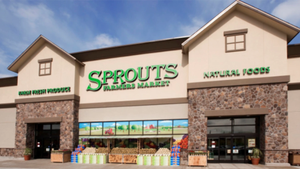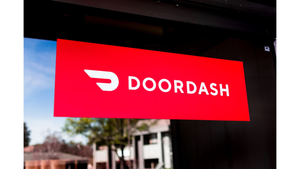Intelleflex Documents the Value of Delivered Freshness for Produce
January 1, 2018
Intelleflex released the results of its recent pilot program, Delivered Freshness, supporting its ability to help minimize loss and maximize freshness at the point of delivery. The pilot incorporated temperature-monitoring tags to track the temperature of hundreds of pallets of berries in-transit from local Mexican growers to a packing house and cold-storage facility in Mexico and then to three distribution centers in the U.S. The data collected from the program documented how well pallet-level temperature monitoring helps to calculate the relative shelf loss between each pallet in order to provide actionable data for inventory management. “Until very recently, technology to monitor perishables throughout the cold chain was either too expensive or too difficult to deploy at the pallet level,” said Peter Mehring, CEO of Intelleflex, based in Santa Clara. “That limited solutions to checking refrigeration compliance rather than monitoring product freshness. Intelleflex temperature tags combine the ease of wirelessly reading core pallet temperatures, critical to calculating relative remaining shelf life, with a new value point for wireless temperature monitors. For the first time, these combined features deliver a deployable solution that enables fresh produce owners to optimize their cold supply chain management based on actionable product freshness data.” According to company officials, other notable findings from the study include:
The pallet temperature and length of time spent prior to precooling varied significantly by pallet, dramatically impacting remaining shelf life. This “invisible shrink” could not be detected or managed by visual inspection of the fruit. By knowing the temperature history of each pallet and calculating its relative remaining shelf life index at the pack house prior to precool, loss could be reduced or avoided.
The air temperature outside the pallet (ambient temperature, not product temperature) in-transit from the field, in precool and in-transit to the distribution center, did not reliably correlate to the temperature inside the pallets and therefore did not provide an accurate indication of product condition or relative remaining shelf life.
Pallet-level temperature data delivers the ability to implement an enhanced First Expired, First Out (FEFO ) inventory management—instead of First In, First Out (FIFO)—by which growers, packers and shippers can aggregate pallets based on each pallet’s unique remaining relative shelf life index and dynamically route them to the most appropriate destination, based on transit time, to ensure maximum freshness.
To request the results of the study, contact Intelleflex at 877-694-3539 or [email protected].
About the Author
You May Also Like




